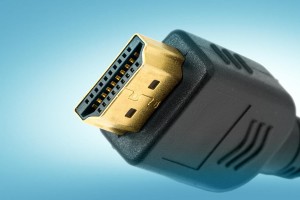High-definition Multimedia Interface or HDMI cables have been the standard nowadays when it comes to wiring everything from TVs and game consoles to PCs and sound bars. HDMI boasts a mess of different possible features and specs. But buying cables can be a confusing mess of speeds, version numbers, specs, and ratings. If you are one of those who are still transitioning from older cable models to HDMIs, here’s what you need to know:

- Make sure you buy a NEW cable. Video standards are continuously changing rapidly, with the recent rise of 4K and HDR already beginning to give way to 8K and beyond. If you’re still using the cable that came with the TV you bought a few years back, it might not work at all with a 4K video source like an Xbox One X or an Ultra-HD Bluray player. If it does work, it might introduce errors or image distortions. The same goes for HDR.
- Check version numbers. Version numbers actually apply to devices – TVs and video sources – and not the cables themselves. However, it is important because of the cable’s speed capacity – look out for anything rated for 18Gbps to keep up with 4K HDR. The standard cable version these days is the HDMI 2.0. The next version to come is HDMI 2.1 which is said to have 48Gbps ‘ultra high speed’ cables, designed to support 8K video and up. It would still be a couple of years at least before there are widespread compatible devices for this version so the standard HDMI 2.0 is still the highly recommended choice.
- Look at design and durability. Beyond specs, design and durability are the main concerns when choosing audio and video cables. In terms of design, most users go for slim cable heads so as not to block the other ports. In terms of durability, tough, braided designs and flexible cable heads are what most users buy. A rigid design is much more likely to split.
Have more questions about HDMI cables? Ask the professionals at A Plus Cable Runners.
